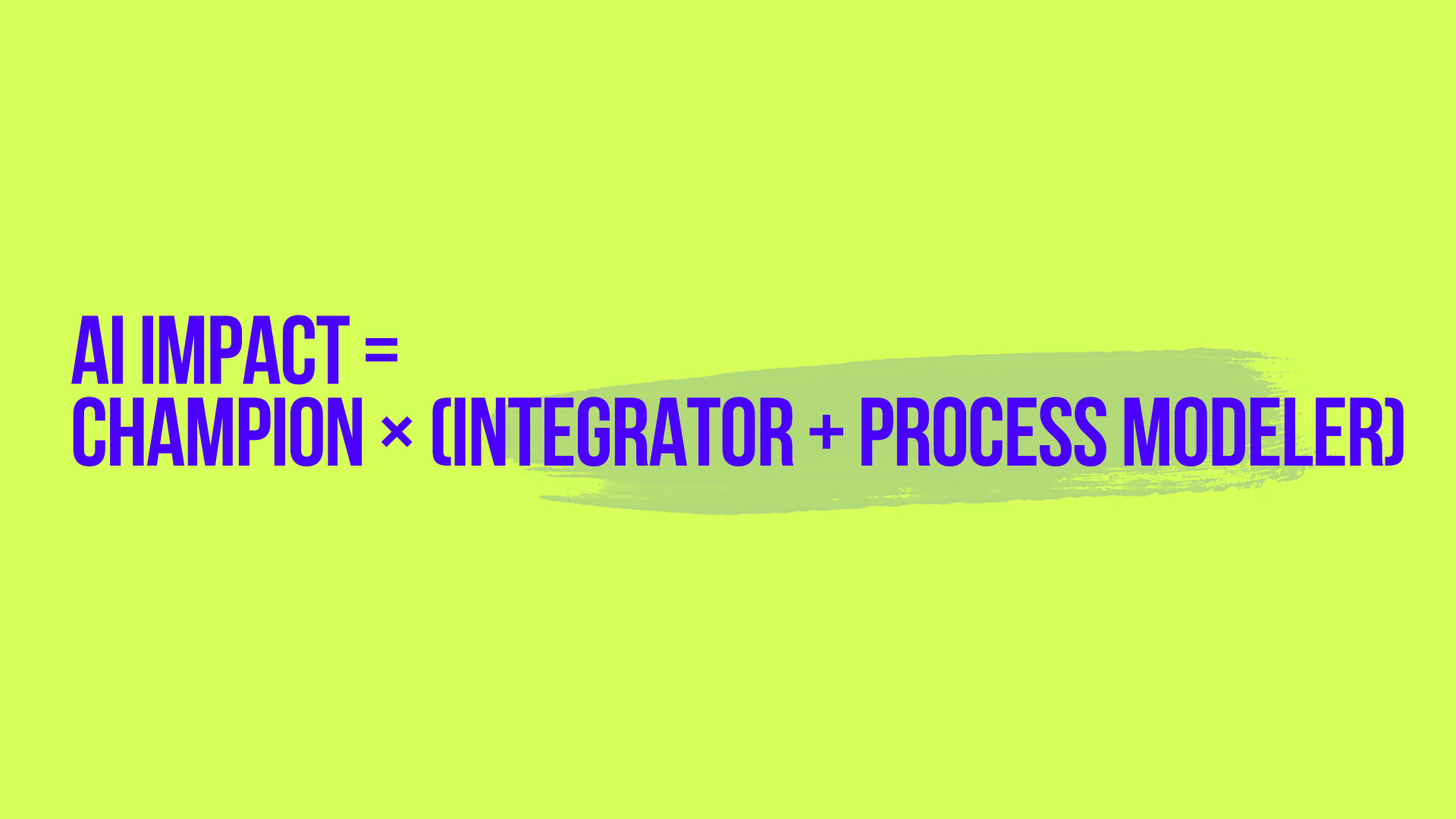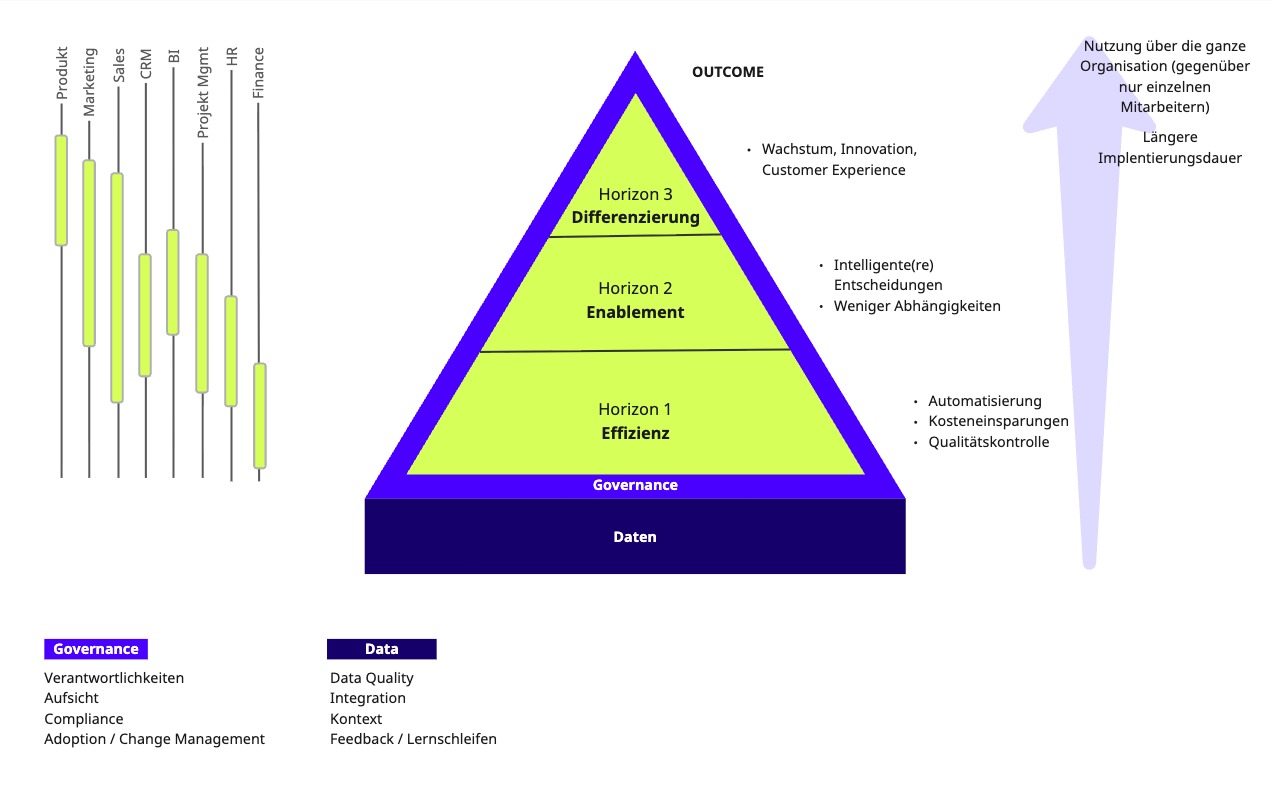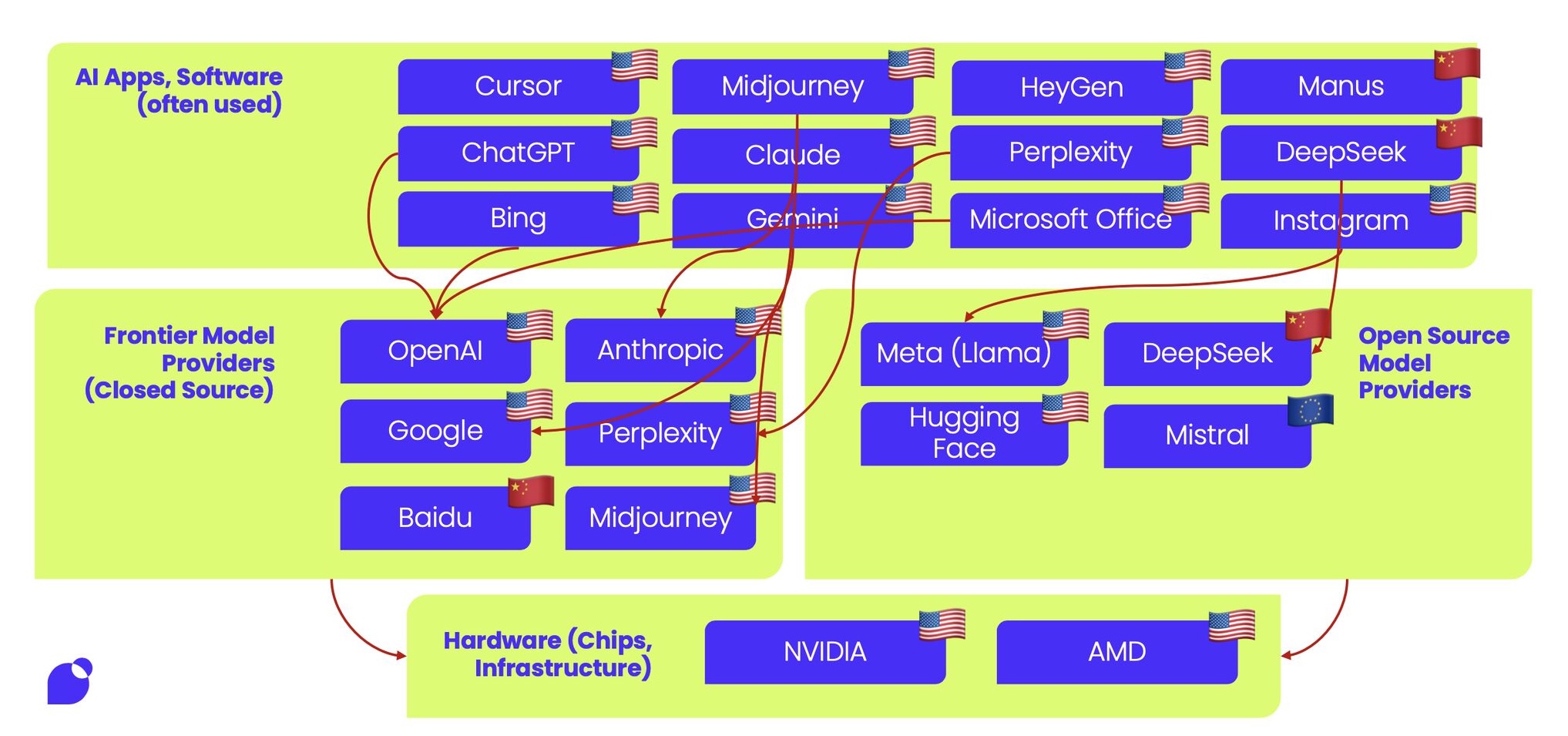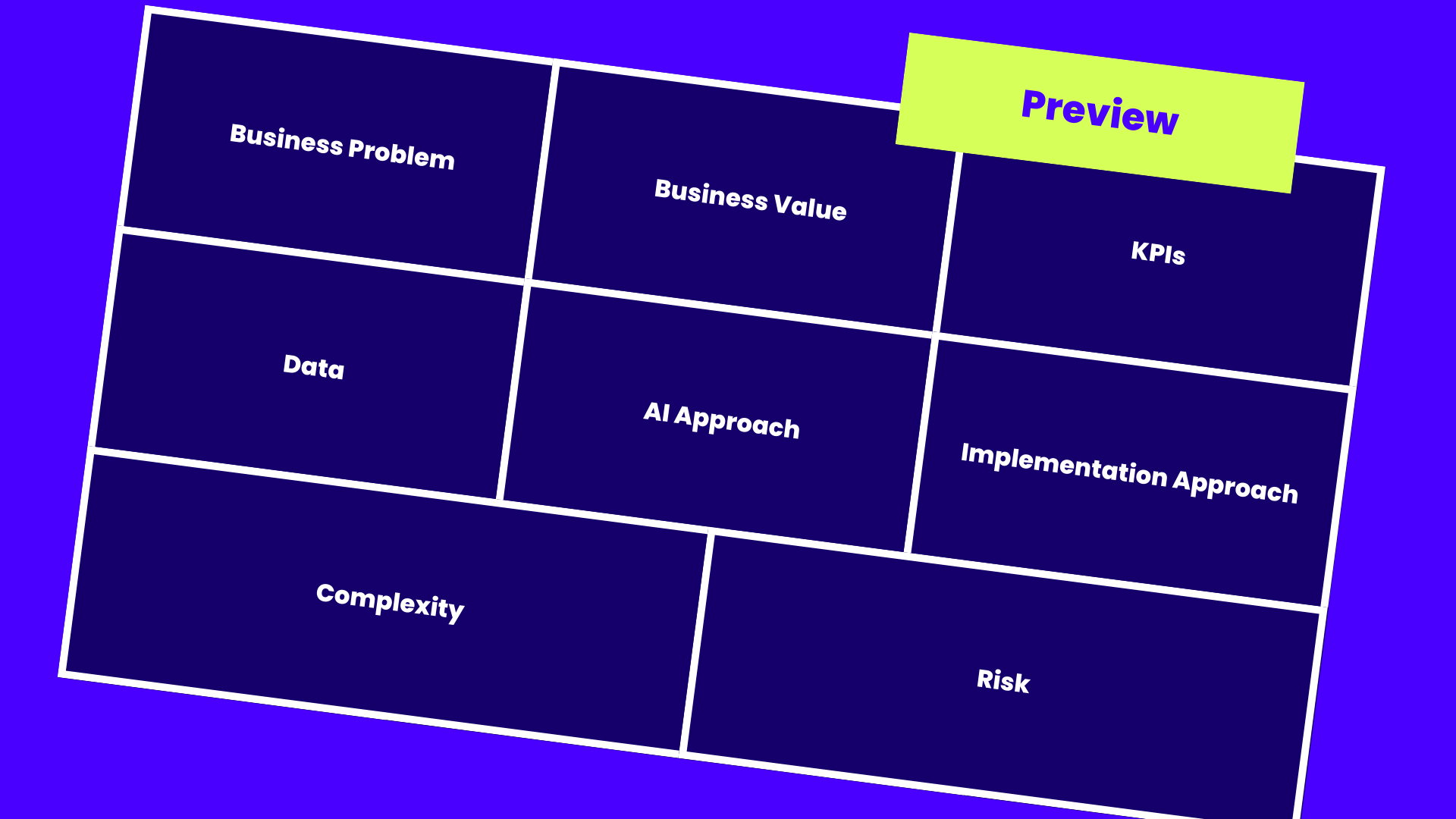The AI Implementation Framework That Actually Works for SMBs

Most AI initiatives in small and mid-size businesses fail within six months. Not because the technology doesn’t work, but because organizations skip the human equation entirely.
After working on a range of AI implementations in SMBs, I’ve identified a pattern among the successful ones. They all follow what I call the AI Impact Formula: measurable business outcomes within 90 days, driven by three critical roles working in harmony.
AI projects are IT projects
Here’s the uncomfortable truth: Just with any IT projects, AI projects don’t always make it to production. By some estimates, 80% of AI projects fail making their way to production, according to a RAND research report. For SMBs with limited resources, failing projects are a luxury they normally can afford.
The companies that succeed don’t have bigger budgets or better technology. They have better people structure.
The AI Impact Formula Explained
AI Impact = Champion × (Integrator + Process Modeler)
Yes, I’m using multiplication intentionally. These roles don’t just add value—they amplify each other. Remove any one element, and your AI initiative flatlines.
The Champion: Your Executive Sponsor
This is your AI initiative’s lifeline to organizational support. In SMBs, this could be:
- The CEO or business owner
- A COO with operational authority
- A VP who controls budget and resources
What they do: Secure resources, remove roadblocks, and ensure the initiative aligns with business strategy. Without this role, even brilliant AI solutions get buried under competing priorities.
The Process Modeler: Your Workflow Architect
This person maps current workflows and designs outcomes-focused processes. They answer the critical question: “What specific business problem are we solving?”
Key responsibilities:
- Document existing processes
- Identify automation opportunities
- Design measurable success metrics
- Bridge the gap between business needs and technical solutions
The Integrator: Your Technical Implementer
The hands-on person who makes AI solutions work in your existing tech stack. This could be:
- An internal developer
- A tech-savvy operations manager
- A consultant familiar with tools like Zapier, Make, or Workato
What they deliver: Working solutions that integrate seamlessly with your current systems.
Case Study: 30% Faster Appliance Repairs
A mid-size residential appliance company perfectly exemplifies this framework in action.
The Challenge: Average repair time of 8 days was perceived as too slow by customers. Most of that time was repair requests lying around idly in various systems.
The Team:
- Champion: CEO who prioritized customer experience initiatives
- Process Modeler: Operations manager who mapped the entire repair workflow
- Integrator: IT lead who implemented the technical solution
The Solution: They analyzed two years of repair data using AI, then built an automated triage system that categorized requests and routed them to appropriate teams.
The Impact: Repair times dropped from 8 days to under 6 days. Almost 30% improvement that directly boosted customer satisfaction scores.
What are they doing differently? Simple cases now get triaged automatically without human review, freeing up skilled technicians for complex problems.
Why This Multiplication?
Here’s what happens when you’re missing pieces:
- Champion alone = Great vision, zero execution
- Process Modeler + Integrator without Champion = Brilliant solutions that never get organizational support
- Champion + Integrator without Process Modeler = Fragile solutions that break when the implementer isn’t available to babysit them
When all three roles work together, AI initiatives become sustainable and scalable.
Your 90-Day AI Implementation Roadmap
Ready to apply this framework? Here’s your tactical next steps:
-
Identify your Champion (or Be The Champion!) (Week 1): Find someone with budget authority and strategic influence who believes in AI’s potential for your business. If this is you already: Check, you’re done.
-
Map your processes (Weeks 2-3): Document 2-3 repetitive workflows (max) that consume significant time or have quality issues. Focus on processes with clear inputs and outputs.
-
Assess technical capacity (Week 4): Determine if you need internal technical talent or external support for implementation.
-
Start small (Weeks 5-8): Pick one (and only one!) workflow and build a simple solution that uses AI where applicable. Think automation, not transformation.
-
Measure and iterate (Weeks 9-12): Track specific metrics (time saved, errors reduced, customer satisfaction) and refine your approach.
-
Show off your results (Week 12+): If this pilot was important, evangelize your results. The more people see successes, the more you’ll be able to build on top of it. Ater all, success breeds success, and a working 12-week pilot beats a 6-month strategy without result any day!
IT isn’t magic. It’s methodology. The organizations seeing real results aren’t the ones with the biggest AI budgets. They’re the ones who understand that successful AI implementation is fundamentally about people working together effectively.
Your AI initiative needs all three roles to succeed. Skip any one, and you’re setting yourself up for another failed pilot project.




